Dinh Thong Nhat (Reunification Palace) – A Historical Landmark of Ho Chi Minh City
Tatinta is pleased to guide you through one of the most historically significant places in Ho Chi Minh City – Dinh Thong Nhat (Reunification Palace). This is not only a unique architectural work but also a vivid witness to important historical events of the Vietnamese nation.
1. An Overview of Dinh Thong Nhat
Dinh Thong Nhat, also known as the Reunification Hall, was built on the former site of Norodom Palace – the residence of the Governor-General of Indochina during the French colonial period. Located at 135 Nam Ky Khoi Nghia Street, in the heart of District 1, the palace was the administrative and political center of South Vietnam for many decades. Covering nearly 12 hectares, it includes 80 rooms with different functions, surrounded by a vast garden.
Dinh Thong Nhat is not only a symbol of power but also a place closely associated with the historical event of April 30, 1975 – when the tanks of the Vietnamese People's Army crashed through its gates, marking the end of the Vietnam War and the reunification of the country.
2. History of Formation and Development
Norodom Palace Period (1868 – 1954):
Initially, the French built Norodom Palace on this land in 1868, completing it in 1871, as the residence of the Governors-General of Indochina. However, after 1954, when French colonial rule ended, the palace was transferred to the government of the Republic of Vietnam and renamed Independence Palace.
Reconstruction Period (1962 – 1966):
In 1962, after the bombing by pilot Nguyen Van Cu, Independence Palace was severely damaged. President Ngo Dinh Diem decided to build a new palace on the old foundation. Architect Ngo Viet Thu, who won the international architecture prize Prix de Rome, was chosen to design the building. The new palace was inaugurated in 1966 as Independence Palace and became the residence and workplace of the Presidents of the Republic of Vietnam until 1975.
April 30, 1975:
This historical milestone is closely associated with the palace. On this day, tank number 843 of the Vietnamese People's Army broke through the main gate, ending the Republic of Vietnam regime and marking the reunification of the country. Since then, the palace has been renamed Reunification Palace.
3. Architecture and Symbolic Significance
Reunification Palace is a structure that embodies Eastern philosophy while utilizing modern Western construction techniques. The overall design of the palace follows the shape of the Chinese character "吉" (good fortune), symbolizing auspiciousness.
Facade:
Viewed from the outside, the facade of the palace is designed with stylized columns resembling bamboo clusters – a symbol of the strength and resilience of the Vietnamese people.
Overall Layout:
The palace includes three main floors, two mezzanine floors, a basement, and a rooftop with a helicopter landing pad. Each floor has distinct functions:
• Ground Floor: Reception area and open space for large events.
• First Floor: Includes the State Banquet Hall, Cabinet Meeting Room, Banquet Room, and Main Reception Room.
• Second Floor: Private living quarters for the President's family, with bedrooms and entertainment rooms.
• Basement: Houses the military command center, communication rooms, and shelter in case of emergencies.
• Rooftop: The rooftop features a helicopter landing pad, once used by President Nguyen Van Thieu. Nearby, you will find a model of an F5E aircraft – symbolizing the 1962 bombing.
4. Notable Places Inside the Palace
State Banquet Hall: The largest room in the palace, used to welcome heads of state or host high-level conferences. The ceiling is decorated with gilded wooden patterns, reflecting Vietnamese royal style.
Cabinet Meeting Room: This room hosted important meetings of the Republic of Vietnam government. The long conference table, with seating arranged by rank, remains as it was to recreate the atmosphere of that period.
Banquet Room: Elegantly designed with the capacity to accommodate hundreds of guests. This is where state banquets and important receptions were held.
Cinema Room: Reserved for the President's family, the cinema room was equipped with modern standards of the time.
5. Surrounding Landscape
Reunification Palace is not only distinguished by its architecture but also by the lush green garden surrounding it. The vast garden is harmoniously designed with old trees, ponds, and green lawns. A noteworthy highlight is the Tank and Aircraft Museum area, displaying artifacts related to the historical event of April 30.
6. Cultural and Historical Value
Today, Reunification Palace is a special national relic and a must-visit destination when in Ho Chi Minh City. It not only preserves historical values but also symbolizes the peace and unity of the nation. Visitors come here not just to sightsee but also to understand more about the heroic history of Vietnam and the moments that changed the country's destiny. Reunification Palace is not just a tourist attraction but also a place that evokes national pride.
We hope that through this trip, you not only capture beautiful photos but also gain valuable knowledge about Vietnam's history. If you have the chance to return to Saigon, visit Reunification Palace again to feel the changes and the flow of time!
We wish you a joyful and meaningful day of sightseeing. 😊
Visitor Information and Notes
• Address: 135 Nam Ky Khoi Nghia, District 1, Ho Chi Minh City.
• Opening hours: 7:30 – 17:00 daily (except holidays and Tet).
Ticket prices:
• Adults: 40,000 VND.
• Students: 20,000 VND.
• Free for children under 6 years old.
Note: Please keep quiet and do not touch the artifacts to preserve their historical value.

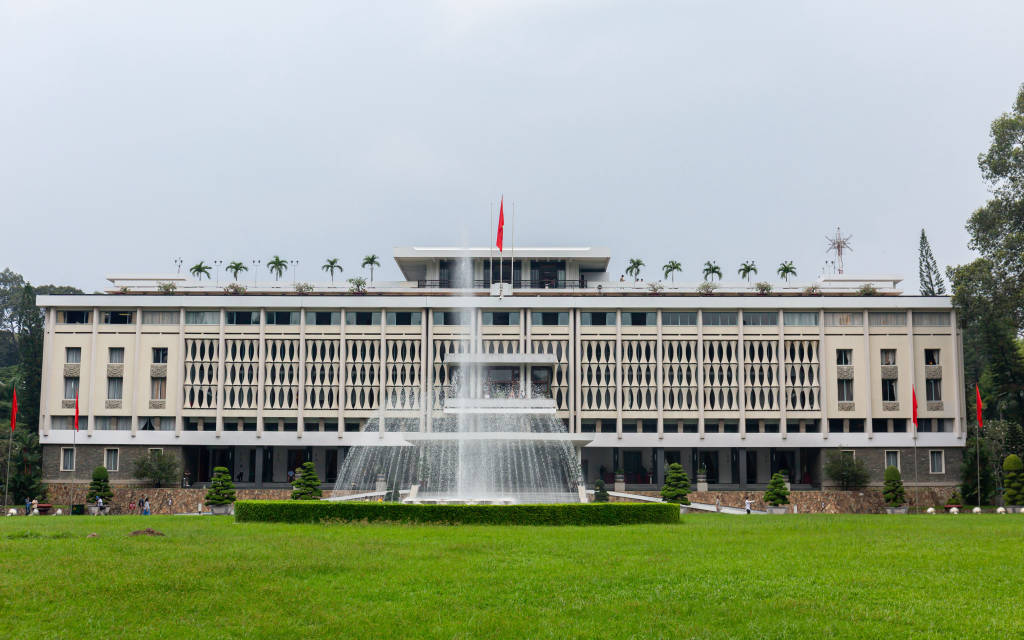
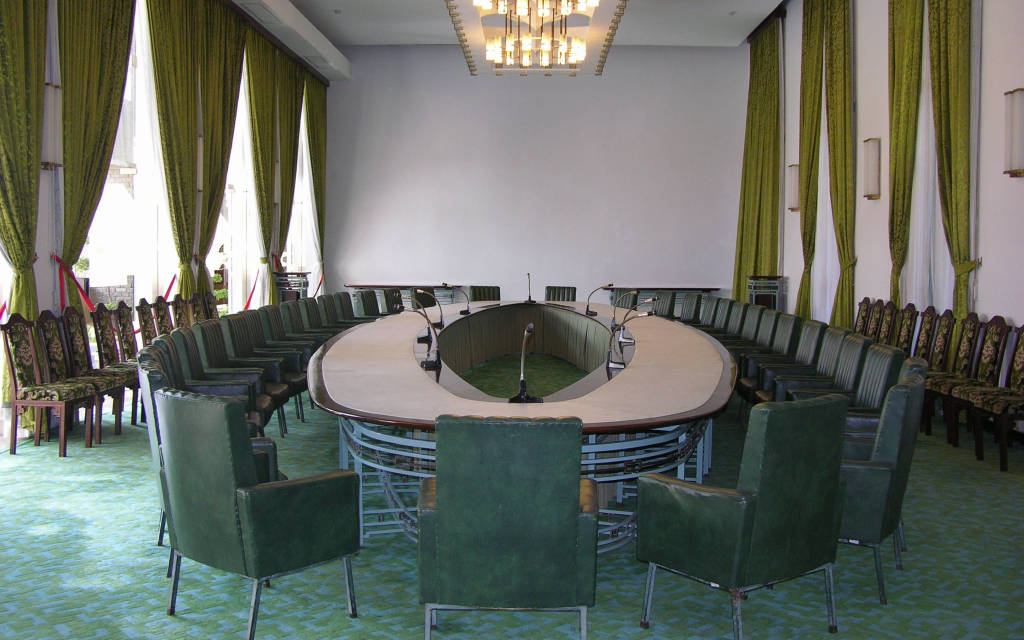
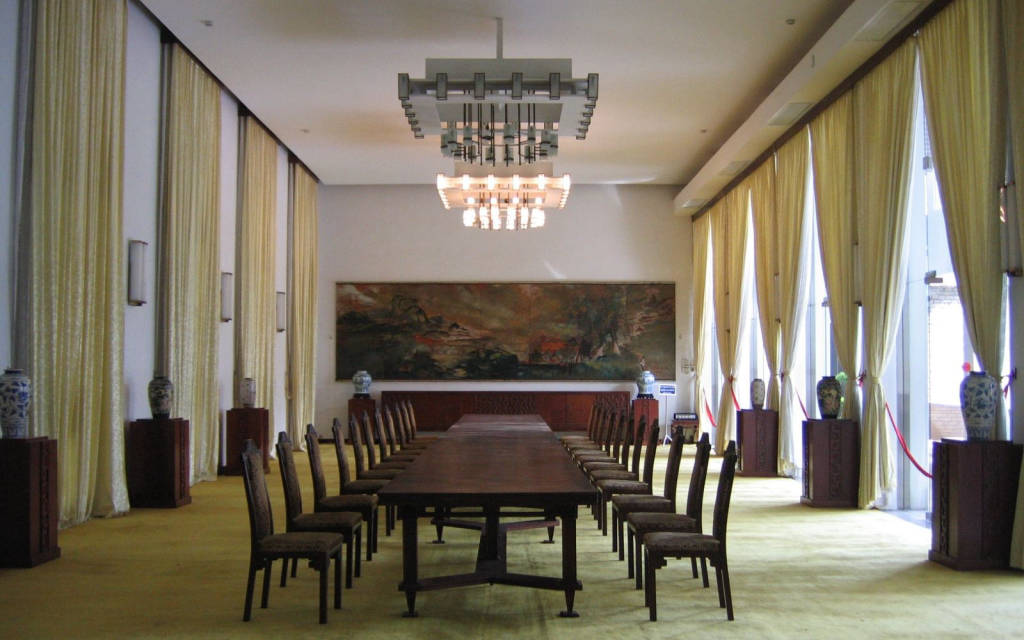
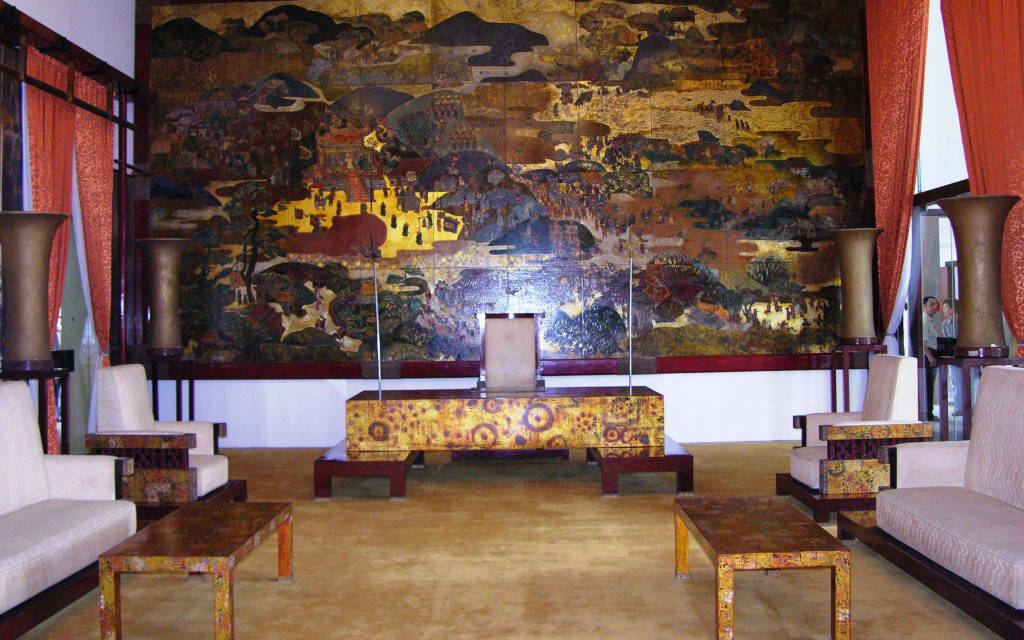
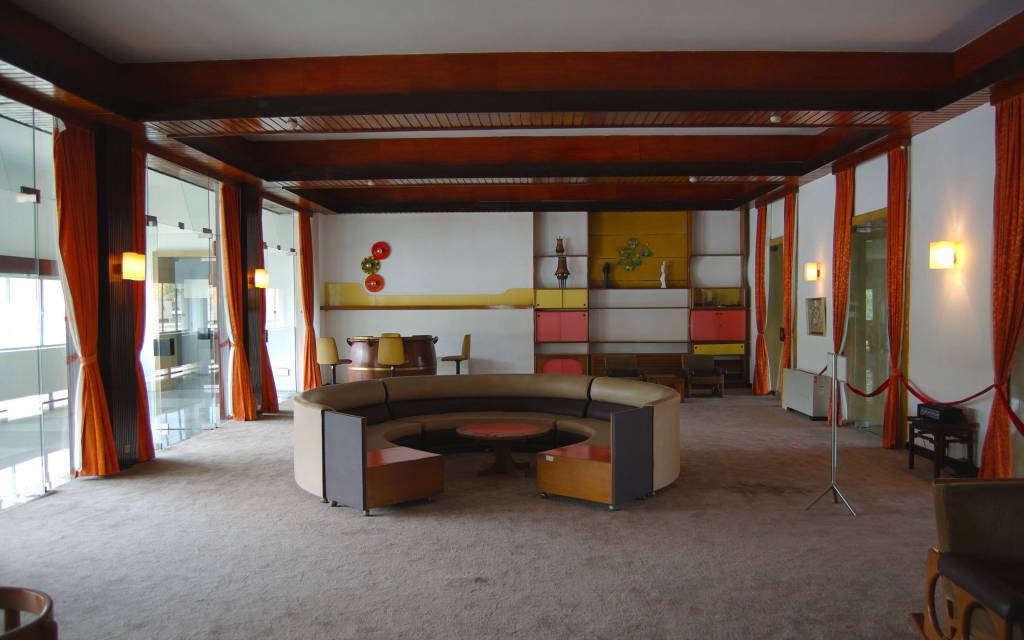
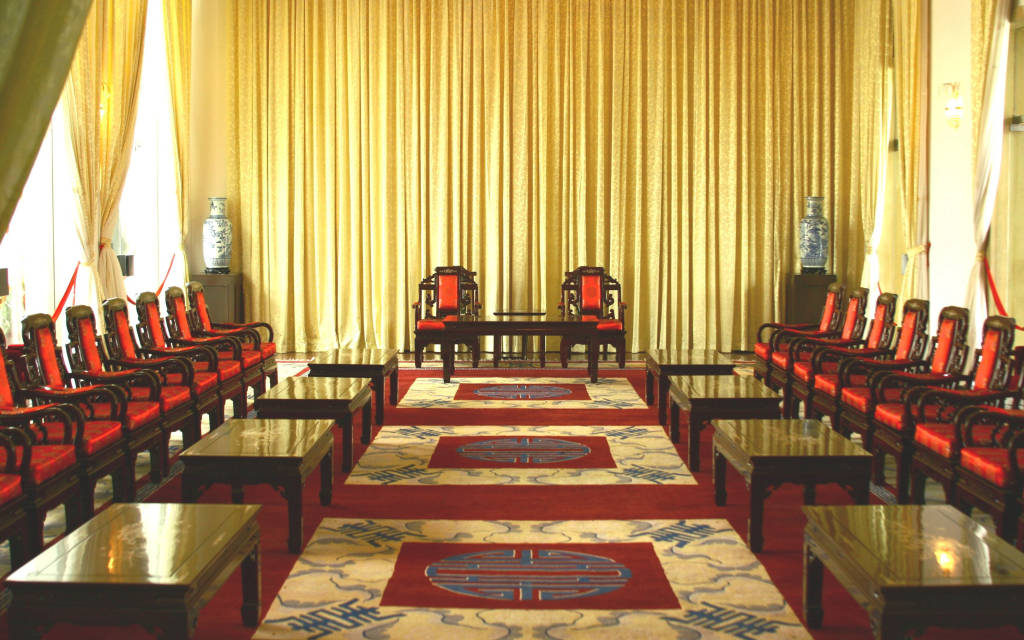
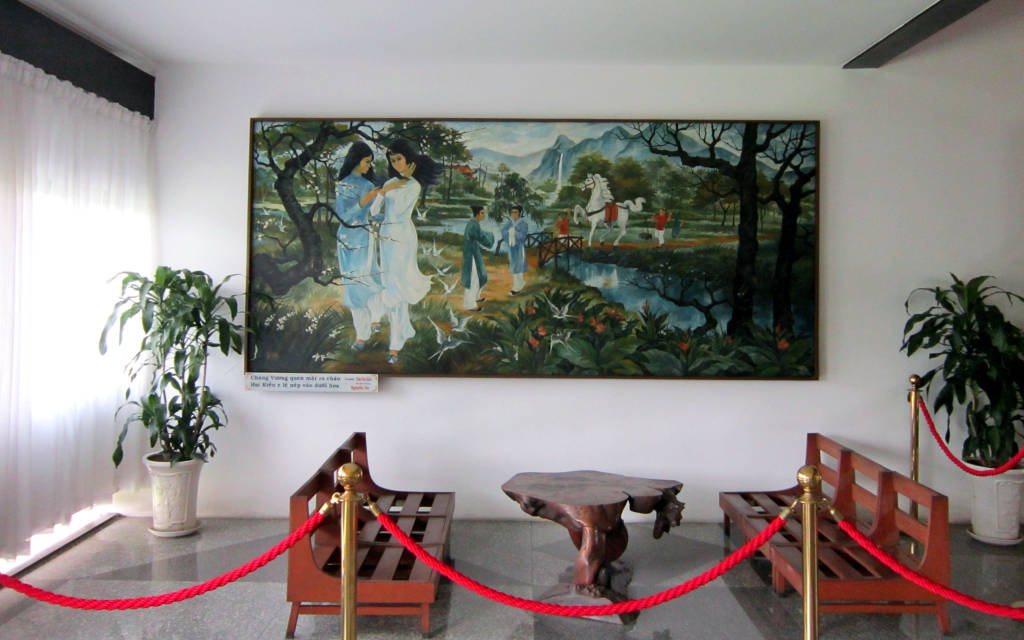
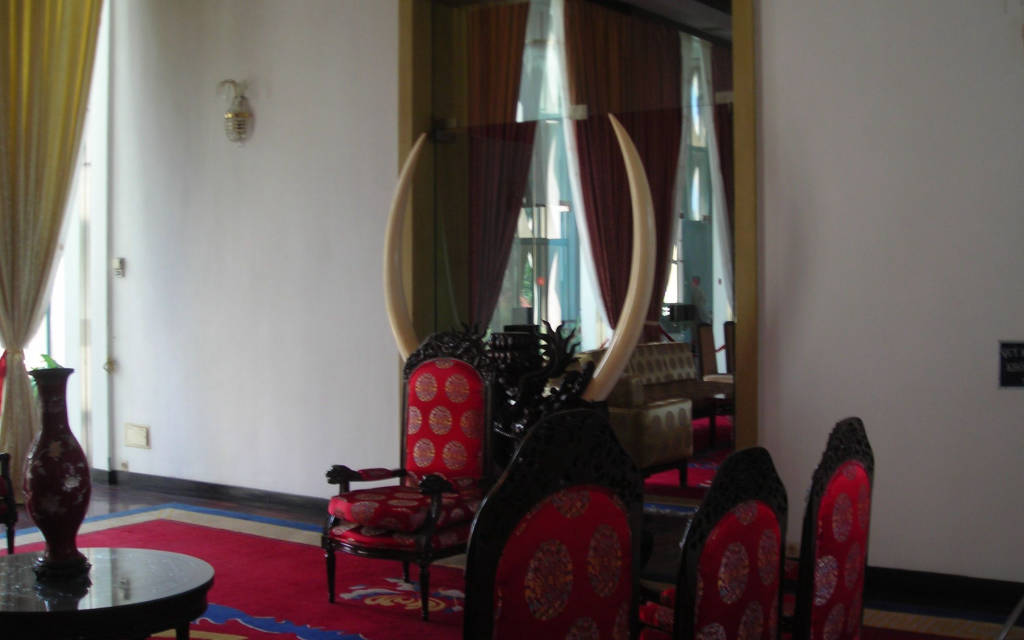
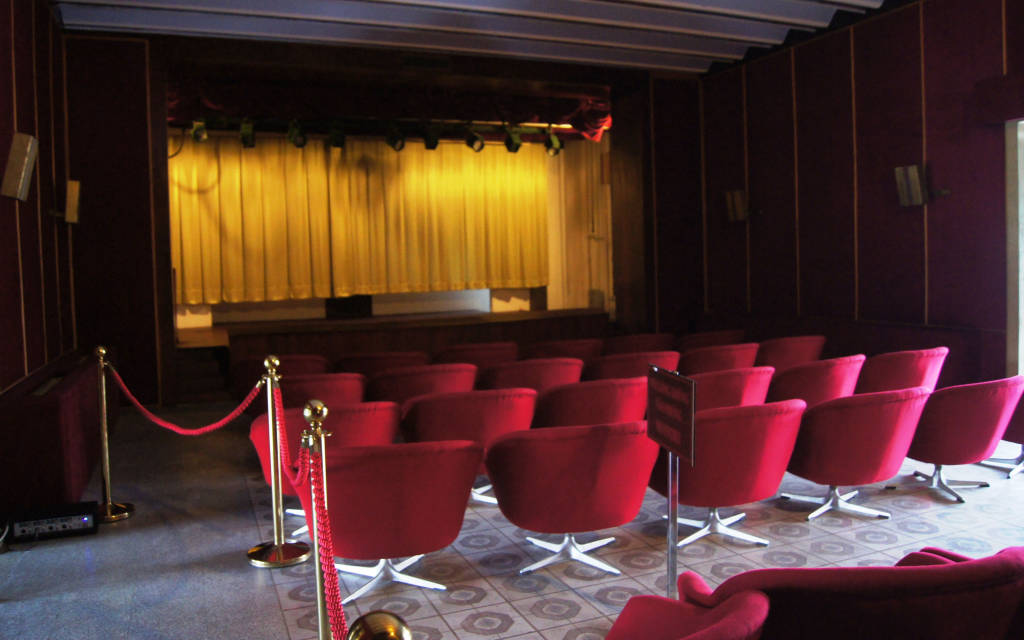
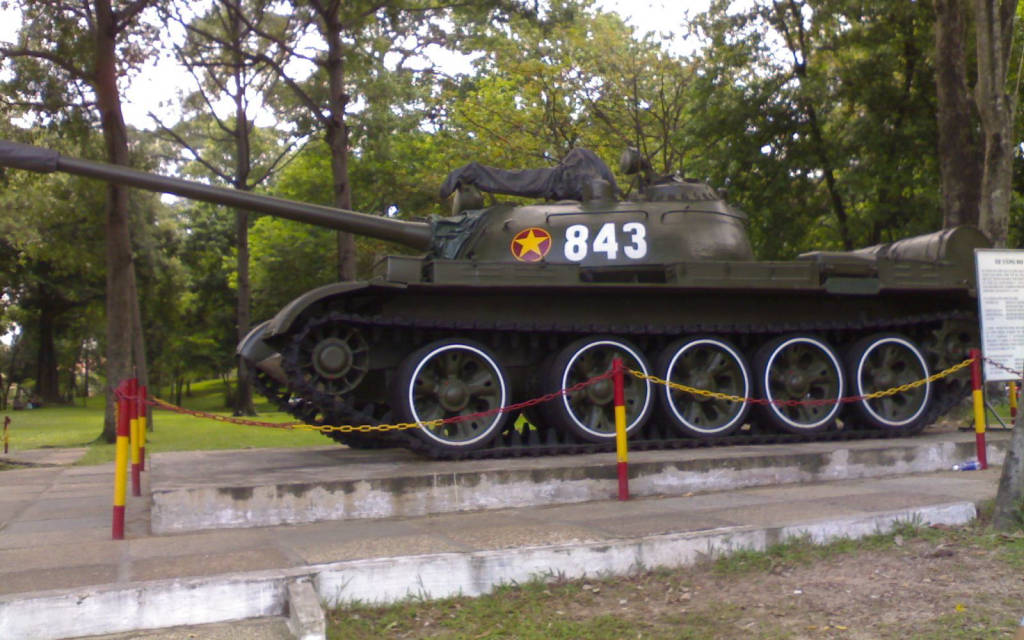
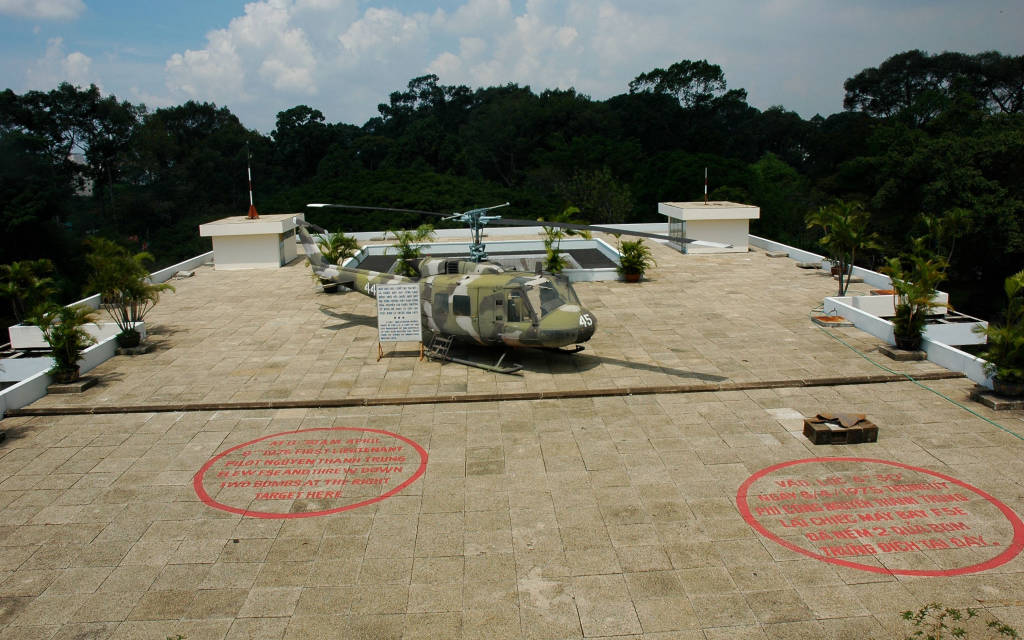











 số 135, Nam Kỳ Khởi Nghĩa, P. Bến Thành, Q.1, Tp. Hồ Chí Minh, Việt Nam
số 135, Nam Kỳ Khởi Nghĩa, P. Bến Thành, Q.1, Tp. Hồ Chí Minh, Việt Nam